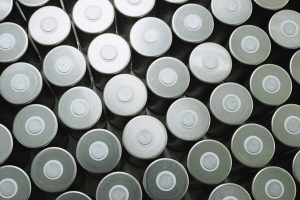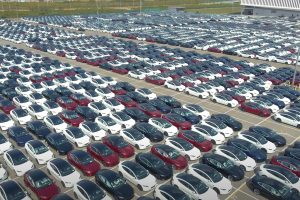Key Points
- 🚗 Polestar, the Chinese automaker, has become Tesla’s latest Supercharger Network partner in China.
- 🤝 Polestar China CEO Shen Ziyu announced the partnership agreement with Tesla for Supercharger access.
- 🌐 This makes Polestar the second carmaker in China to collaborate with Tesla for Supercharger Network access, following SAIC-GM.
- ⚡ Polestar is also developing its own charging service system, planning to build about 60 EV charging stations in China by Q1 2024.
- 🔄 Polestar previously announced using Tesla’s North American Charging standard (NACS) for its electric vehicles in the United States.
- 🏭 All Polestar models are currently built in China, with plans to expand the lineup, including the upcoming Polestar 4 SUV.
- 🌍 Polestar’s initiative aims to provide access to more than 550,000 third-party charging piles for its vehicles in China.
Tesla has secured another partner for its Supercharger Network in China. During a recent announcement, Polestar China CEO Shen Ziyu revealed that the company has entered into an agreement with Tesla to become one of the EV maker’s first partners for its Supercharger Network in the country.
This effectively makes Polestar the second carmaker in China to partner with Tesla for access to the Supercharger Network. Prior to Polestar, SAIC-GM, a joint venture between SAIC Motor and General Motors, announced that it would be partnering with Tesla for Supercharger Network access by the end of 2023.
Interestingly enough, Polestar announced a similar strategy in the United States earlier this year. Back in June, the automaker noted that it would be utilizing Tesla’s North American Charging standard (NACS) for its upcoming electric vehicles starting in 2025. Polestar is not the only automaker that has embraced Tesla’s NACS, with fellow carmakers like Ford, GM, and more recently, Toyota, among others, also adopting the standard.
Similar to SAIC-GM, Polestar is not putting all its eggs in one basket. The company is also building its own charging service system, which is expected to include Polestar’s own chargers. Polestar expects to build about 60 of its own EV charging stations in China by Q1 2024. Shen noted that with this initiative, Polestar vehicles in China should have access to a cumulative total of more than 550,000 third-party charging piles.
Polestar may not be selling vehicles in volumes that are as large as Tesla or BYD, but the company is proving itself to be a notable player in the EV sector. So far, all of Polestar’s models are built in China, and the company is expanding its lineup too. Just recently, the carmaker announced that the first production Polestar 4 SUV has rolled out of one of Geely’s factories in Hangzhou. First deliveries of the Polestar 4 are expected to be held by the end of the year.





